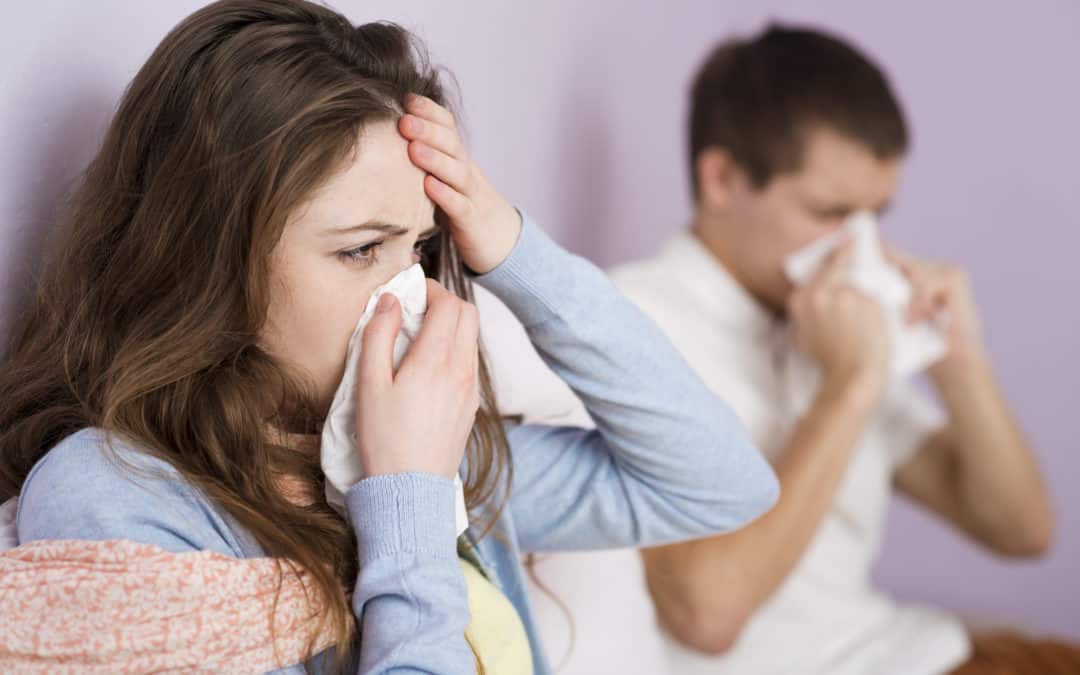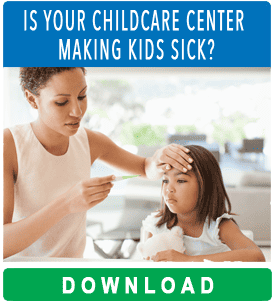Originally Published by HelathNews
Understanding seasonal infections and how to prevent them can help you enjoy the winter without becoming sick. During the colder months, breathing problems can be brought on by RSV, influenza, COVID-19, and common colds. Symptoms of a winter virus may include signs such as a cough, runny or congested nose, fever, aches, changes in taste or smell, wheezing, or shortness of breath. In most cases, the sickness is self-limiting and brief.
However, problems might arise from underlying disorders. Proper hygiene, wearing a facemask when sick, and vaccines can reduce the chance of developing a dreaded respiratory infection.
Winter viruses: infections of concern
Fall and winter bring longer nights, shorter days, and sometimes extremely cold temperatures. Depending on where you live, these seasons can also bring snow, freezing rain, floods, and other inclement weather. During this period, we are more vulnerable to a range of respiratory infections because our immune systems are not functioning at their peak.
Types of seasonal infections and viruses
In cooler climates, people spend more time indoors and interacting with others during the fall and winter months. Children are exposed to a variety of viruses at school, and they frequently bring these infections home with them. Although the common cold can strike at any time of year, during the cooler months, there’s an increased chance of getting respiratory illnesses.
Many viruses tend to become active during the winter. Thanksgiving, Christmas, and sugar plum fairies remind us not only of holidays but also of a period when we are more susceptible to respiratory illnesses such as the common cold viruses (including non-COVID-19 coronaviruses). In addition to the common cold, the most prevalent seasonal viruses during this time include respiratory syncytial virus (RSV), influenza (the flu), and COVID-19.
>>CLICK HERE for the Full Article on NealthNews.com





